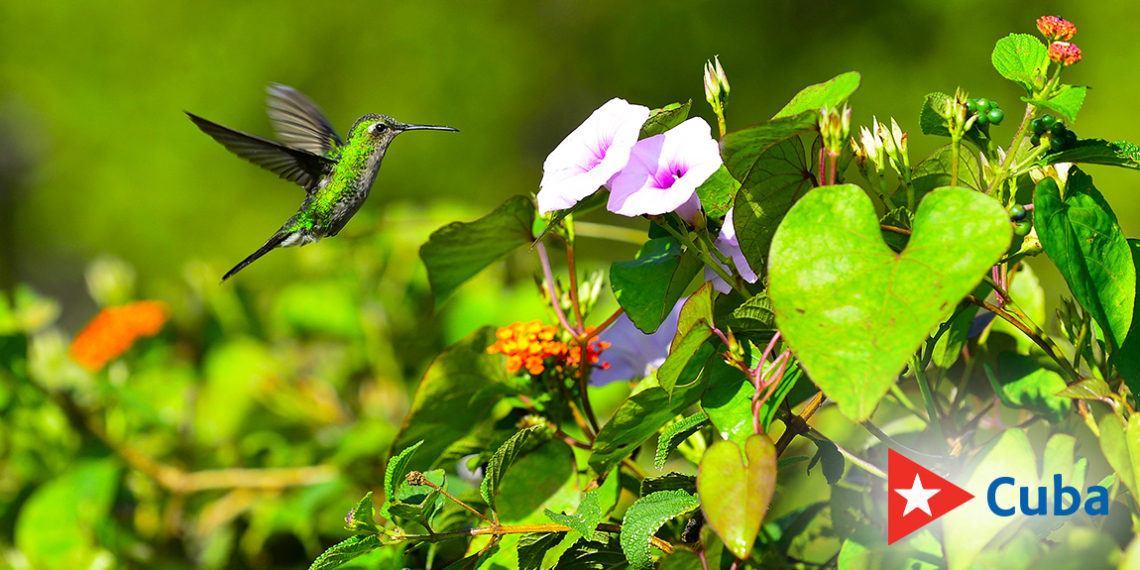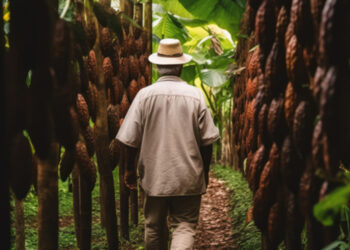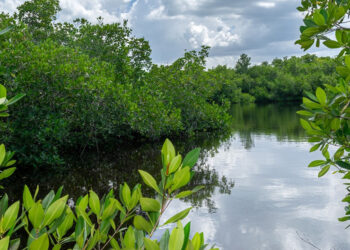Consider yourself an avid birder? Well, be sure to pack your binoculars on your next holiday to Cuba, since this exotic isle plays host to some awe-inspiring stretches of untouched wilderness – perfect for capturing a sneak peek of your favourite bird species.
We’ve rounded up a (pretty impressive) list of some of the fantastic birds you can expect to see whilst birdwatching in Cuba…
Cuban Tody
Also known as Todus Multicolor, this small yet charming bird boasts vibrant green feathers sure to wow watchers and are often found flying around the Caribbean Islands of Cuba, Jamaica, and Puerto Rico (we can’t blame them). They have a beautiful bird song, love cascading streams, forests, and feasting on insects, small fruits, and spiders!
 Cuba Tody
Cuba Tody
Cuban Screech Owl
Endemic to Cuba and Isla de la Juventud, these bare-legged owls (Gymnoglaux lawrencii) are a species in the family Strigidae. Commonly found in wooded areas and a mixture of dry, moist, and tropical forests, these small dark brown owls mostly feed on insects – but on special occasions do enjoy the rare frog or snake! Yikes.
 Cuban Screech Owls
Cuban Screech Owls
Cuban Emerald Hummingbird
Found fluttering around a variety of semi-open habitats in Cuba, this pretty species of hummingbird is part of the family Trochilidae – the largest family of birds. Aptly named, these birds are small and dark green in colour, but despite their standout hue, you’ll need to keep your eyes peeled as they move swiftly – gaining a momentum of 80 flaps per second!
Cuban Bee Hummingbird
These little guys hold the official crown as the world’s smallest bird, rarely growing more than 62 millimetres long – like a bumblebee. Look out for flashes of blue and green as these nippy birds’ scoot across the sky at 25-30 miles per hour. During mating season (March to June) the male bee hummingbirds’ head, chin and throat turn a bright shade of red to attract the females.

Cuban Bee Hummingbird
Cuban Parakeet
A species of parrot in the family Psittacidae, this gorgeous lime-green and red coloured bird is endemic to the Cuban archipelago and often spotted in its natural habitat of dry forests and arable land. Cuban Parakeets are herbivores, so you’ll likely find them snacking on a diet of seeds and fruits.
Cuban Pygmy Owl
One of the most common birds to spy in Cuba is the Cuban Pygmy Owl. Active throughout the day and night, these tame birds of prey are frequently observed nestling in tree cavities in semi-open woodland. See if you can spot them hunting for insects or small reptiles from a perch…
Cuban Solitaire
Also known as Myadestes elisabeth, this species in the Turdidae family consists of a small population endemic to Cuba. These medium-sized birds reside in restricted habitats in the wet mountains and foothills, and although they may be difficult to spot, you’ll certainly hear them coming – thanks to their unique song made up of loud shrills and flute-inspired noises.
Cuban Vireo
These chunky green and yellow birds can often be seen in the forest on the island of Cuba, since they favour thickets and scrublands. You’ll get two for the price of one, as these native Vireo’s are typically found in pairs. Their big bulging eyes are often a talking point but appear bigger than they are, due to bare dark skin that surrounds the eye.

Cuban Vireo
Cuban Bullfinch
This small flocking species featuring a lightening-white stripe along the fringe of its wing is of the genus Melopyrrha. The Cuban bullfinch hunts on everything from the ground level up to the treetops, feeding on seeds, small fruits, flower nectar and insects. Their songs are so harmonious that they’ve become one of the most popular caged birds in Cuba – with humans being their principal predators.
Cuban Grassquit
Unique in its appearance, the Cuban Grassquit is an attractive bird that sports a dark face surrounded by contrasting yellow (almost scarf-like) markings. Endemic to Cuba, its natural habitats are subtropical or tropical moist lowland forests and shrub lands, and like the Cuban Vireo, they can usually be found in two’s.

Cuban Grassquit
Cuban Black Hawk
Frequenting coastal swamps and mangroves in search of dinner (in this case, crab) is the Cuban Black Hawk or Buteogallus gundlachii. This bird of prey is in the family Accipitridae – along with eagles and vultures – and boasts dark features that stand out from its yellow beak. Unfortunately, these hawks are classified as Near Threatened and are in danger of becoming extinct – so to catch sight of one would be a real treat.
Cuban Trogon (national)
Ah, Cuba’s national bird; the Trogonis a species in the family Trogonidae and can commonly be found in forested habitats across Cuba. With beautiful blue-green markings complimented by a brilliant red belly (echoing the colours of the national flag), these tropical birds are a sight for sore eyes. These pretty birds are also known as Tocororo, which derives from its natural call “toco-tocoro-tocoro”.

Cuban Trogan
Cuban Kite
This small and extremely rare raptor has only ever been recorded on the island of Cuba, making it one of the most sought-after birds of prey for enthusiasts to spot whilst you’re here. Unfortunately, the population of this species is rapidly declining and has been classed as critically endangered – but formally, the number of these birds was much larger. Did you know that the Cuban Kite preys on tree snails and slugs?
Cuban Crow
Crows are sociable birds and therefore one of the more popular species found on the island. This particular large all-black crow can often be confused with the Palm Crow, which has longer wings. To catch sight of this species, you shall have to head to agriculture zones where you’ll find them hunting or feeding in the open fields.
Zapata Sparrow
This handsome yellow and grey bird can be found nestled amid its natural habitat in the grasslands of the Zapata Swamp, and other distinct areas on the island. In fact, it’s only ever been spotted in three locations. Once you’ve spotted them, you should be in for a treat as the Zapata Sparrow only usually flies over short distances of 100 metres.
Zapata Wren
Sharing the Zapata Sparrow’s hometown is the Zapata Wren, a small greyish brown bird that occupies the dense shrubs of the Zapata Swamp. Its buzzy song uses a variety of tones and sounds a little like “Tseuu-we-we-we-tu-tu-tu-tu-tu-tu-tu-tu-tu”. Go on, try it!
Great Lizard Cuckoo
This large Cuckoo has been naturally spotted in the Bahamas, Cuba, and the Turks and Caicos Islands. Recognised for its extraordinarily long tail, the Great Lizard Cuckoo inhabits tropical and subtropical forests. Generally solitary, this species is also tame – and if you look closely enough, you’ll spot the bright red circles detailed around their eyes.
Oriente Warbler
This noisy flocking species can be found in a variety of dense habitats such as woods, forests, and shrublands. With yellow bellies and a grey outer coat, these cute birds are often found in the east of the country; in comparison to its sister species, the Yellow-Headed Warbler, which reside in the west. The Oriente Warbler’s diet consists of insects, spiders, small lizards, and occasionally small fruits – well, we all need that five a day!
Blue Headed Quail Dove
This endangered species in the pigeon and dove family Columbidae really is special. Discovered in areas of conserved vegetation, such as evergreen forests, this distinguished bird has long been considered unique – perhaps because looks as though it’s wearing a vibrant blue hat?!

Cuban Parakeets
Love Cuba is the UK’s leading Cuba holiday specialist. Click here for more info or call us on 0207 071 3636 or email enquiries@lovecuba.com

























